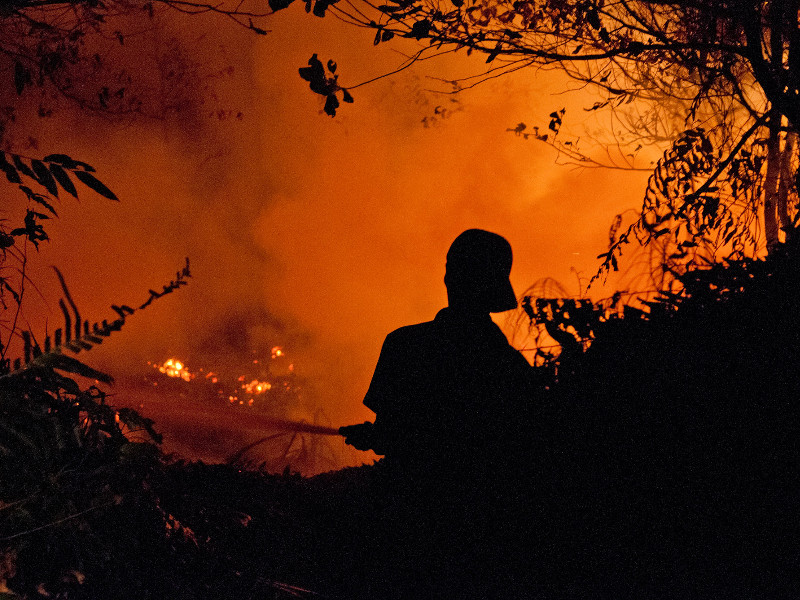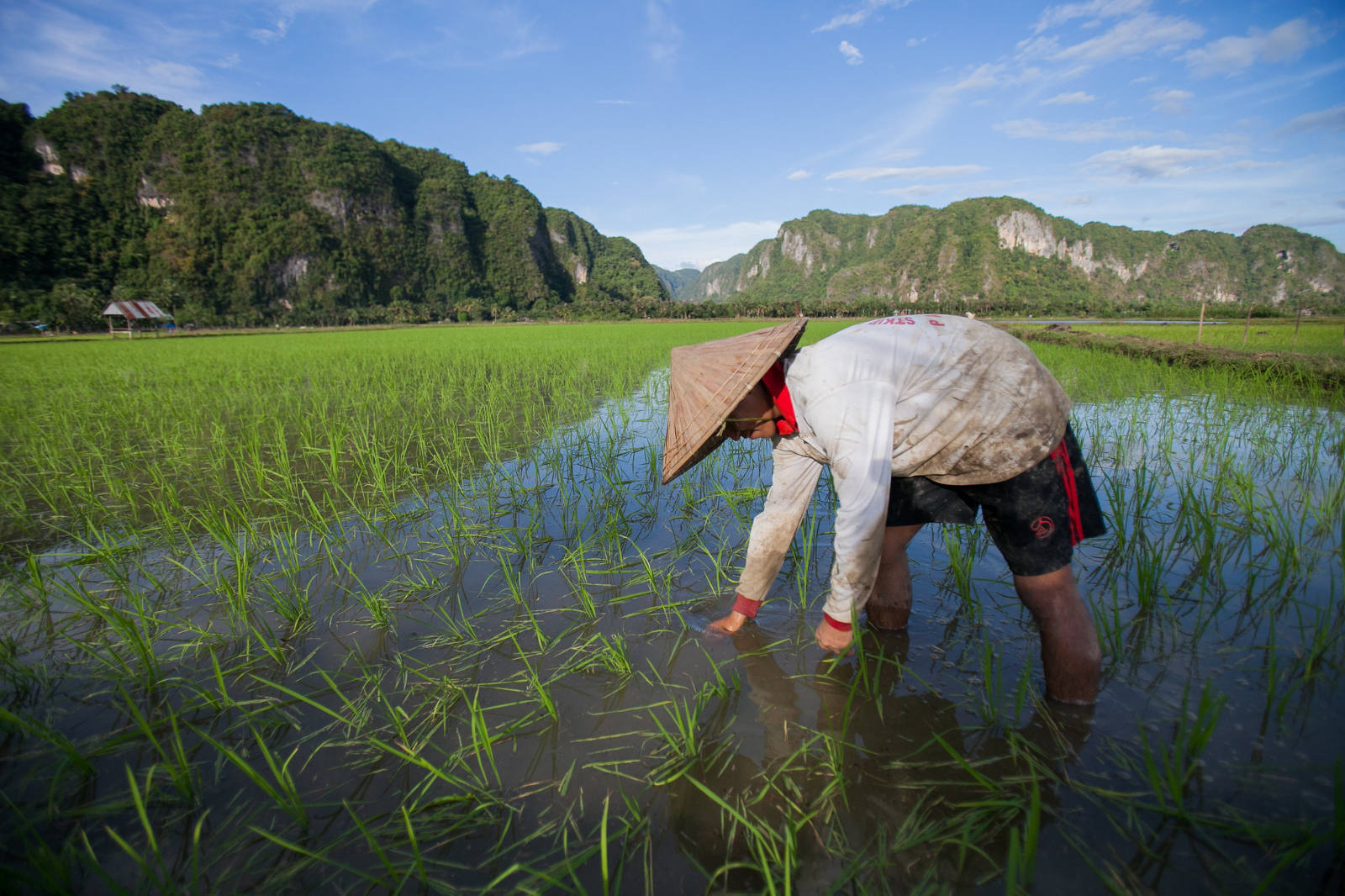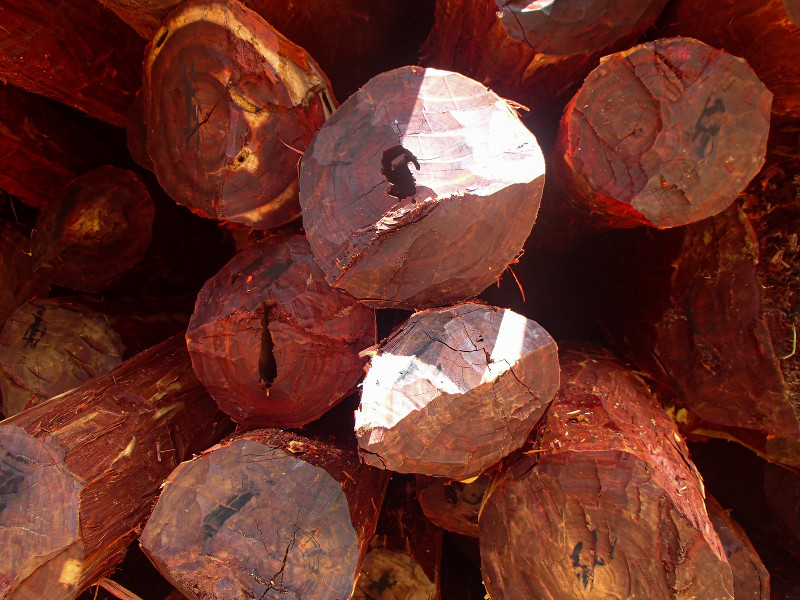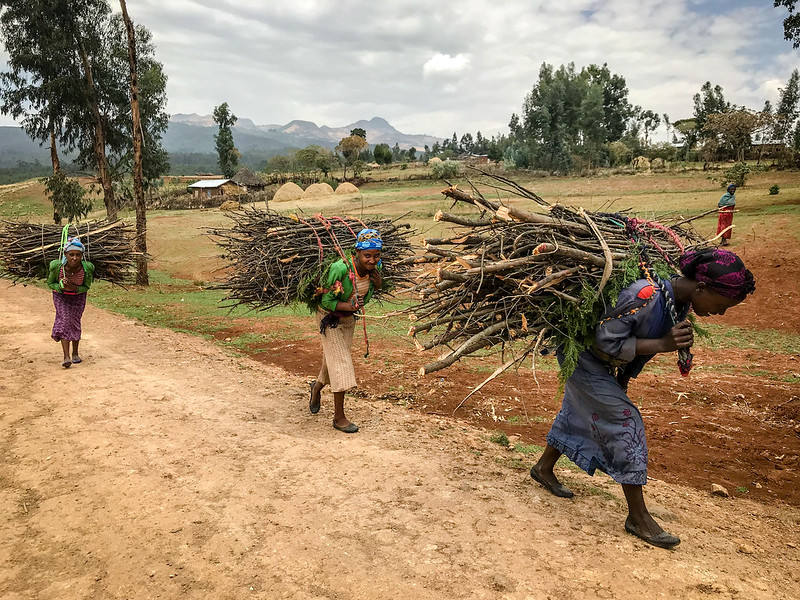Description
In Tigray, agriculture is the principal source of food and livelihood for many rural households, making it a central component of programs that seek to reduce poverty and achieve food security. Since the sector is faced with many climates related shocks, rural households, mainly women have increased vulnerability to poverty and food insecurity. Studies conducted in 2021 indicates rural female-headed households have a higher incidence of poverty (39.58%) than male-headed rural households (32.65%). The breadth and depth of poverty and food insecurity in Tigray region has been compounded aftermaths of the conflict followed by drought and subsequent locust infestation and hailstorms in 2023.
The project focuses on climate smart livelihood improvement of vulnerable community members (especially targeting women youth, girls and smallholder farmers) affected by recent war and natural hazards. The project is designed based on extensive discussion and field level assessments to identify the priority needs of and available potential of the target areas. The project targets nine (9) rural woredas in Tigray.






















